Lily Gladstone in Killers of the Flower Moon
Interpreting Trauma: Lily Gladstone’s Performance as Emotional Architecture
Lily Gladstone’s portrayal of Mollie Burkhart in Martin Scorsese’s Killers of the Flower Moon serves as a powerful emotional anchor in a narrative centered on greed, betrayal, and systemic erasure. Through a performance grounded in restraint and emotional intelligence, Gladstone conveys the internal devastation of a woman slowly realizing the extent of the betrayal around her. Their dramatic acting is enhanced by Scorsese’s deliberate use of visual and aural storytelling; tight framing, minimal score, and intimate lighting, allowing the camera to linger on silence, stillness, and subtle expression. Rather than relying on overt dramatics, Gladstone’s performance speaks through glances, pauses, and presence, offering a quiet but forceful resistance to the violence Mollie endures.
In the sequence from (01:19:16 to 01:24:20), Mollie lies in bed, visibly worn down and plagued by mistrust. The soft, flickering candlelight accentuates her sunken features and darting eyes, creating an atmosphere of fear and disorientation. Cinematographer Rodrigo Prieto uses close-ups and shadow to emphasize the psychological tension, providing an evocative reaction shot that captures Mollie's internal struggle. The doctors arrive to administer insulin for her diabetes, but Mollie refuses them. Her husband, Ernest, aggressively drives the doctors away and insists on giving her the injection himself. Dramatic irony intensifies the scene; the audience already knows that the medicine has been tampered with. Gladstone conveys Mollie’s intuition and silent resistance through subtle shifts in expression and gaze. Her physical stillness becomes a form of defense. When Ernest delivers the line, “Maybe it has to get worse before it gets better,” the mood becomes even more unsettling. Gladstone’s refusal to respond verbally highlights their character’s deepening awareness and the psychological toll of betrayal.
A later scene, from (02:27:47 to 02:30:44), showcases the physical and emotional collapse of Mollie as she lies dying. Her face is pallid, her breathing labored, and her movements minimal. In this moment, Gladstone delivers the quiet yet cutting line, “You’re next.” It is spoken with eerie calm, reflecting Mollie’s clarity even in the face of death. Outside the home, a fire rages, symbolizing the literal and metaphorical destruction of the Osage people. Scorsese’s use of mise-en-scène in this scene reinforces the apocalyptic tone: dim, flickering light, sweat-soaked skin, and a suffocating stillness surround Gladstone’s performance. Despite her physical weakness, Mollie’s declaration marks a shift in power. The expression in Gladstone’s eyes and the slight tightening of their mouth suggest that Mollie sees through Ernest’s actions and no longer doubts his role in the violence. This scene exemplifies interpreter acting, where Gladstone inhabits Mollie’s nuanced reality with authenticity and depth.
The final confrontation between Mollie and Ernest, from (03:10:20 to 03:13:33), brings Gladstone’s performance to its most emotionally complex. After Ernest has testified and lied, Mollie confronts him with a direct but soft-spoken question: “Did you tell all the truths?” There is a haunting gentleness in her voice, as if part of her still wants to believe in his humanity. This scene is arguably the most devastating of the film, not for what is said, but for what is withheld. Scorsese allows the camera to linger on Gladstone’s face in tight focus, providing a powerful reaction shot. Their expression is both open and guarded, pleading, yet resolved. The silence between the two of them is weighted with everything unsaid, and the intensity of Mollie’s gaze demands an answer Ernest cannot give. Gladstone captures the agony of a woman who already knows the truth but asks anyway, perhaps out of love, or perhaps to force acknowledgment.
Throughout Killers of the Flower Moon, Scorsese’s direction provides space for Lily Gladstone’s performance to breathe and resonate. Their portrayal of Mollie Burkhart is built on nuance, silence, and presence. With every withheld tear and carefully modulated breath, Gladstone brings Mollie’s sorrow, strength, and spiritual endurance to life. The effectiveness of their performance lies not in outward displays, but in the tension held within the body, the eyes, and the breath. It is a portrait of survival, of quiet, deliberate, and unforgettable survival.



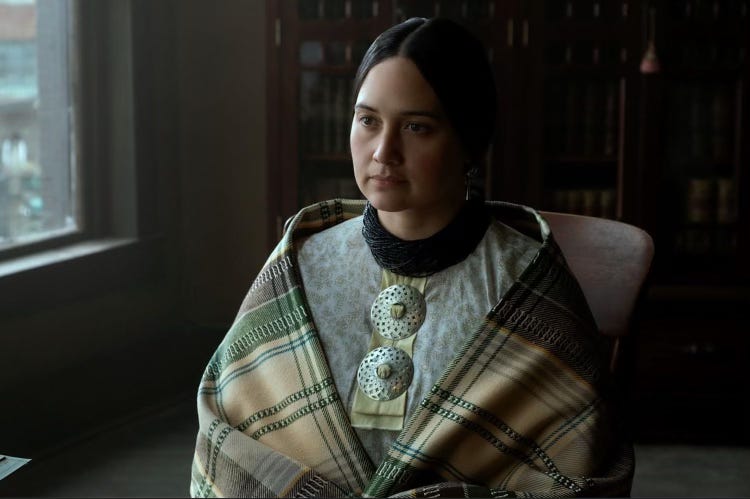

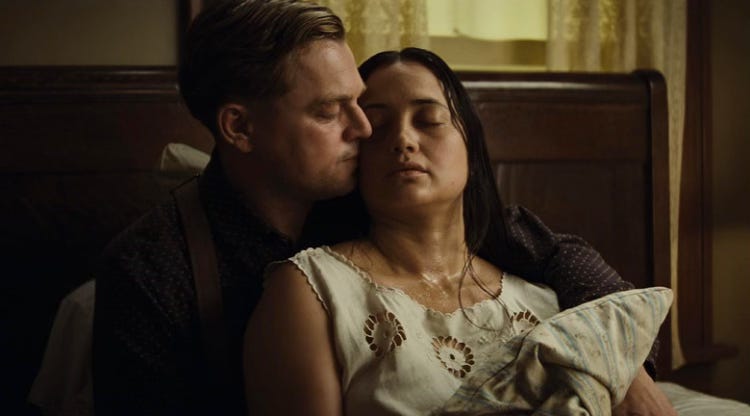
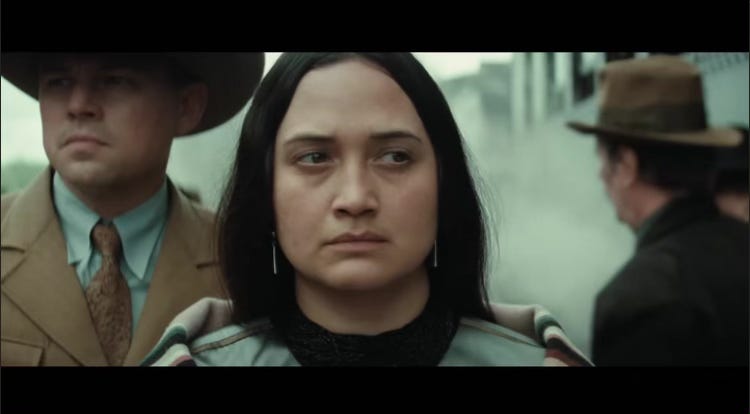
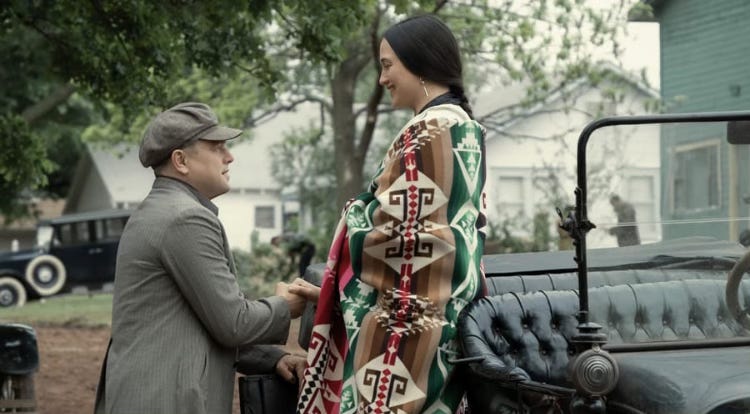
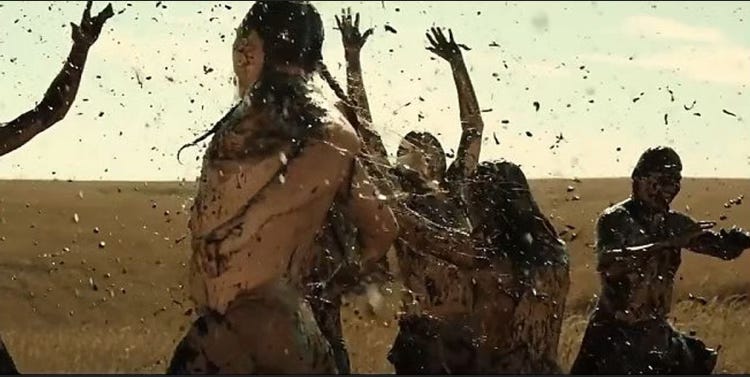

I've never seen the movie before but have always wanted to. For the longest time, I have read about the historical events the film was based upon.
Your interpretation is very compelling, evocative and thought provoking without actually being too revealing of the film itself. In fact, this especially makes me want to either find on DVD or a digital platform it's streaming on so that I can watch it. Sadly none of the theaters within my locale would even show the film whenever it hit the box offices a few years back.
Again, I've been enjoying your articles about Killers Of The Flower Moon!